Knowing your way around Korean table manners is an incredibly nifty way to show respect towards the local Korean culture. This is especially useful when you are out eating with your friends, especially if you have been invited to your Korean friend’s house.
Below, we’ll tell you about some Korean table manners you should know.
If you’re planning on embarking on a trip to South Korea soon, you’re in for a treat! During your trip, you’ll undoubtedly spend your days shopping, wandering the streets of Seoul, sightseeing, people-watching, and enjoying all of the amazing Korean food that the country offers.
Below is a free PDF guide for “Korean Table Manners” that you can download and take with you:
Contents
Korean Table Manners
Korean Table Manners is something that you should consider before traveling to South Korea or meeting with Korean friends. Having lousy table manners is an impression you don’t want to make. In fact, good manners at the dining table are an essential aspect of Korean culture.
If you try to talk to people, you may even make some new friends and share meals with them! Koreans are extremely friendly and open to helping tourists make the most of their trip.
Speaking Korean will be a good start if you really want to impress someone while in South Korea. Additionally, showing them your practical knowledge of Korean etiquette will surely get anyone to like you. And one significant aspect of this is Korean table manners!
Who doesn’t like a well-mannered dinner guest? Having good table manners is a sure way to win the hearts of locals not just in Korea but in any country you might visit. If you have good dining etiquette, people will think that you respect their culture.
Korean Table Etiquette
In Korea, eating is a communal activity. When dining with others, it is always essential to be conscious of how your behaviors affect others.
Here is some Korean Dining Etiquette that you have to remember:
Take note of the ranking
If you’re spending time working in South Korea either temporarily or permanently, you’ll likely be going out to meals with your colleagues on a semi-regular basis. Eating out with coworkers is a great day to facilitate team bonding and decompress after a long workday.
Whenever you are out for a company outing involving food, Korean dining etiquette dictates that the people are seated based on the social ranking of the group. The younger or lower-ranked member of the group you are, the closer to the door you should sit, and only after your elders have already sat down.
As you can probably guess, this is also true if you’re visiting the family of a significant other or a friend — rank refers to social rank and rank within a professional environment.
The oldest eats first
Once you’re seated for dinner, it’s also a common Korean dining etiquette to let the oldest person begin eating first before you get started on enjoying your delicious meal.
This rule is one of the reasons why Koreans make an effort to ask your age early on — it gives them an idea of where you stand in situations like this, so they can interact with you without disrespecting you or making you uncomfortable. That way, they know how to treat you in these situations.
Match everyone’s eating speed
Korean dining etiquette dictates that you should try to manage to eat at the same pace as those around you. If you notice that you will be finished with your food while everyone is still on their first few bits, you might want to slow it down. Trust me, we know how great food can be in South Korea, but that doesn’t mean you have to finish it super quickly!
Eating fast can make it look like you’re trying to rush dinner, and you’d rather not be there or have somewhere else to be. People might interpret this as bad dining etiquette.
On the other hand, if you’ve barely touched your food and everyone else is almost done, it’s time to chow down! If you eat too slowly, your host may think that you’re not enjoying the meal and trying to put off each bite.
It may seem like a lot to think about, but I promise that once you’ve dined a couple of times in South Korea, it becomes second nature, and it won’t take away from you enjoying your meal.
Dining etiquette and good table manners are born out of habit. Just stay aware of what other guests are doing and make sure you’re at a similar pace, and it’ll become second nature!
Time when you finish
Finish your meal only once the oldest person has finished with their meals, and try your hardest to finish everything in your bowl or plate. The timing of the meal entirely revolves around rank, so you’re not off the hook after you let the eldest guests start eating first.
Stay aware of how quickly they’re eating their meals, and make sure you time it, so you finish after them (but don’t be TOO far behind). It sounds like a lot of work, but I swear it’ll be second nature to you in no time!
Sharing is caring
There are plenty of instances where instead of ordering one big pot of food, you’ll get several different dishes (you order what you would prefer, and the others order what they are in the mood for).
However, it’s still normal among Koreans to share all the food in front of them with everyone they are eating with. Don’t be shy to offer them a taste of your meal, and do accept it if they offer you a taste of theirs.
Help out with portions
In restaurants where you grill your own meat and stir your own soup, one person at the party is usually given the duty to be in charge of the grilling and the stirring. Cheer everyone up by volunteering! Go the extra mile and even give out the portions to all the people out eating with you — it’ll be considered going above and beyond, which is smiled upon.
What to Say When Eating in Korea
What you say at the Korean dinner table is also very important when you want to convey respect and proper manners. Here we’ll discuss what to say before and after a meal.
Say that you will eat well
Before taking your first bite, it’s important to say that you will eat well as a way of acknowledging that you are looking forward to the meal you are about to have. In Korean, this is expressed with the words 잘 먹겠습니다 (jal meokgesseumnida), which in English would translate to “I will eat well.”
This is a kind compliment to the chef, and it’s always nice to show gratitude! Having good dining etiquette means you can say pleasant greetings usually said before meals. Sprinkle this phrase into your Korean dining experience and impress your host.
You can check our full guide on the Korean alphabet. This is the first step in learning how to read Korean words and phrases. Learning how to read Korean will help you when you’re living in South Korea.
Learn how to say “Thank you” in Korean
You might also want to say “thank you” to your hosts after the meal. A good way to express this is by saying 잘 먹었습니다 (jal meokeosseumnida). Literally translated, this means “I ate well.”
Being gracious is huge in Korean dining culture, so make sure you incorporate this into your conversation at the end of the evening — they’ll appreciate it.
Korean Utensils Etiquette
Did you know that there’s a proper way to handle Korean utensils?
One main thing about dining etiquette is Utensil etiquette. Many cultures have different rules when it comes to utensils. When dining in Korea, there is even specific utensil etiquette that you should observe.
Korean chopsticks etiquette
It would be best if you hold your spoon and chopsticks in different hands. Also, try using only one utensil at a time — this usually means that you’ll decrease the likelihood of spilling food on yourself. Multitasking isn’t always best for eating and enjoying a meal!
What is also considered quite rude among Koreans is if you stick your chopsticks straight into your bowl of rice (not to mention that it looks pretty silly). This is because it resembles what happens at a Korean funeral ceremony, which you definitely don’t want to think about at dinnertime!
Keep your chopsticks on top of the bowl or beside the bowl on the table instead to avoid faux pas. Korean chopsticks don’t typically come wrapped in paper, but there will often be a small glass or ceramic item to rest your chopsticks on.
If that isn’t the case, you can rest your chopsticks with the end of the chopsticks on the edge of your plate or your bowl to keep them from directly touching the table. It’s advisable to put your utensils back on the table once you’re finished with your meal to indicate that you’re done, although many Koreans also leave them on top of their plates or inside the bowl, provided that it’s empty.
Here are other Utensil Etiquette rules that you need to remember:
Fold your napkin when you’re done
As far as your napkin goes, place your used napkin folded on top of the table when you’re finished with your meal. This is an additional indication to your host that you’re done eating and satisfied.
No lifting
Unlike many other Asian countries, it’s unusual to lift your soup or rice bowl while eating your meal in South Korea. Korean Dining Etiquette dictates that you should make sure that your soup or rice bowl is on the table throughout the meal and use your spoon to eat the rice instead of chopsticks.
It can be tempting to lift your soup bowl to slurp up the remaining liquid if it’s especially delicious, but as you’ve probably guessed, that doesn’t look great when you’re at a dinner party. Don’t worry; your spoon will be fine at getting those last few bites into your mouth! No lifting is required.
Korean plates
Many Korean meals are served on one big platter and served among all the eaters, like for the communal dishes. So take advantage of the small individual plate you have for eating the food.
Don’t eat directly from the large plate, no matter how tempting the dish is! This is considered bad dining etiquette. Make sure each dish is served onto your smaller plate before getting started on the meal.
Use a clean spoon for serving side dishes
If you’re eating a meal in Korea and side dishes are ordered, the chances are that you’ll be sharing the sides with other guests at the table. Along with the etiquette rules above about who to serve first, you should also know what you’re serving with.
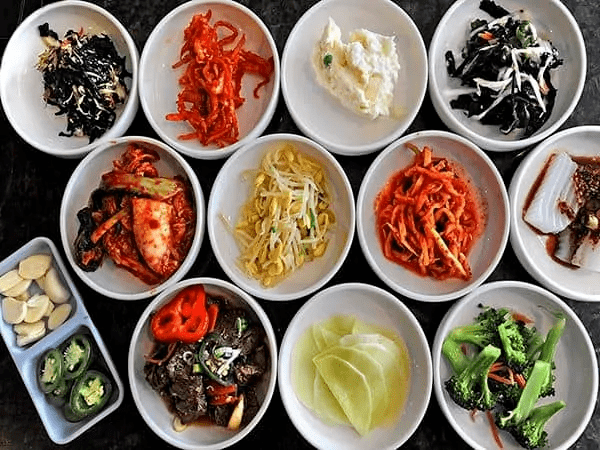
For everyone’s sake, make sure you use a clean spoon when serving the sides — otherwise, you’ll inadvertently get your old food from the dirty spoon mixed in with the side dish (which is never fun).
Set up utensils and napkins
Want to seem extra polite? Beat others to the punch by being the first to set up everyone’s utensils and napkins, pour water into their glasses or cups, and so on. If you appear eager to help and serve, it comes across as thoughtful and very respectful.
Korean Drinking Etiquette
Here we’ll talk about some rules related to drinking and alcohol. However, Korean practices when it comes to alcohol and drinking are a whole different topic. Head on over to this article to learn more about Korean Drinking Culture.
Alcoholic drink etiquette
Another thing you should consider when thinking about proper dining etiquette is how you handle alcoholic drinks. In South Korea, especially in the case of an alcoholic drink, pour drinks for others first, and let someone else pour yours! It’s generally okay to fill up your glass; make sure everyone else in the room is doing it as well.
If you see an elder with an empty glass, try to fill it up as soon as possible as a common courtesy and a sign of respect. If your elders offer you a drink, unless there is an extreme reason why you cannot drink, don’t refuse it. Graciously accept and enjoy!
As for actual drink pouring etiquette, hold your cup with both hands when you have alcohol poured into it to prevent the cup from being knocked over and spilling the liquid. Also, hold the bottle with both hands when it’s your turn to pour the alcohol to help ensure that you won’t spill anything on the table while you’re pouring.
Alternatively, you can also place one of your hands under your pouring arm when pouring or lightly over your elbow if you are the one receiving the drink — both options are perfectly acceptable and respectful.
Be aware of toasting do’s and don’ts
Everyone loves a good toast, which is true of Korean diners as well! A toast is a great opportunity to be warm and express gratitude. If you happen to be the guest of honor, you’ll be expected to toast sometime during the dinner, and more likely than not, the host will as well. Keep it short and sweet, and make sure to drink from your glass afterward!
If you are not the host or the guest of honor, it is not required for you to make a toast (and may seem out of place, especially if the host and guest of honor already intended to toast during the dinner — you don’t want to steal anyone’s thunder!).
Other Korean Eating Etiquette
Here are some other rules on Korean Table Manners that you should know about. When you and your buddies go to your next Korean restaurant, make sure you remember each one and practice it.
Don’t extend your reach too far
Korean food is absolutely delicious, and it can be tempting to reach across the table and grab a dish from the opposite side of where you’re seated. Not so fast!
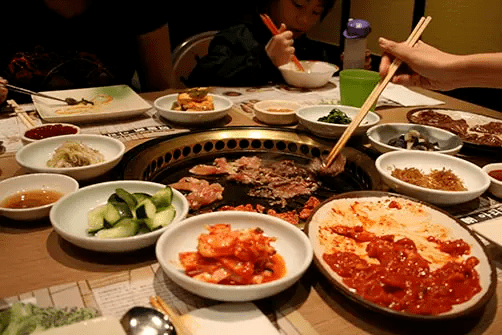
It’s okay to reach forward and grab dishes close to you, but it’s considered poor manners to extend your arm across the table and reach for dishes that are further away. As a general rule, try not to extend your arm so far that your elbow passes the edge of the table.
There is a correct way to eat rice (yes, really)
Throughout your stay in Korea, you’re going to eat a lot of rice — it’s served with most meals, as it pairs well with truly anything and provides a great canvas for more flavorful sauce and protein elements of Korean dishes. It’s also a great way to combat too much spice in a dish.
It is not considered rude not to finish every grain of rice, so don’t feel pressured. Eat what you’re comfortable eating and no more.
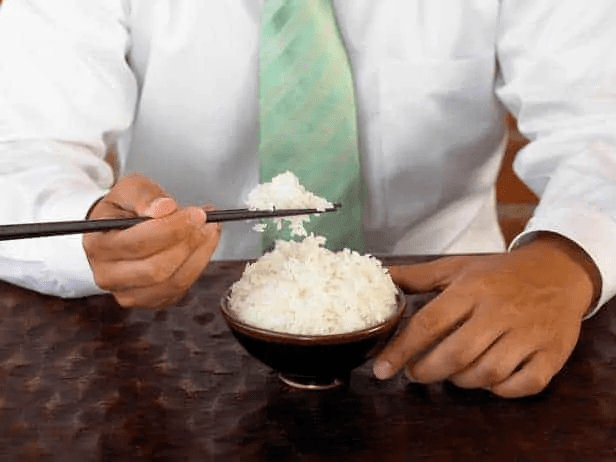
You can also feel free to mix in a sauce with the rice or eat it directly with a meal rather than as a side dish on its own, but this isn’t the case in all Asian countries, so think twice before doing this in a country like Japan.
And remember, do not raise the rice bowl! It’s more acceptable to have a serious stoop while you’re eating than it is to pick up the bowl of rice you’re eating from.
Do not blow your nose at the table
Nobody wants to be thinking of snot as they’re enjoying a delicious meal (not to mention the unpleasant noise and germs that come hand in hand with blowing your nose). If you need to cough or sneeze, turn your head so that you aren’t facing the table.
Don’t be afraid to eat a lot
Especially in the company of older generation Koreans, they will be delighted to see how much you can eat. They come from times when food wasn’t as accessible, so it’s nice for them to see you not have to struggle in the same way. It’s also an indication that you’re a fan of the host’s cooking, which is always a good thing!
Wrap Up
At first, these tips might seem like a lot to handle, but it’s relatively easy to remember and get accustomed to them — you’ll find that they become second nature before you know it.
Now that you are the master of them, you can impress anyone socially when you’re in Korea! Got invited to a company dinner? No problem, you’ll be a star! Are you planning to attend a Korean Thanksgiving meal with your friend’s extended family? You’re all set, and everyone will love you!
You’ll also be sure to have a much better time at these dinners knowing that you’re performing well socially — there will be no anxiety about whether or not you’re on the same page as everyone else because you’re coming prepared. It will be a relief and will help you enjoy yourself!
What Korean table manners do you think are most important? Let us know in the comments below!

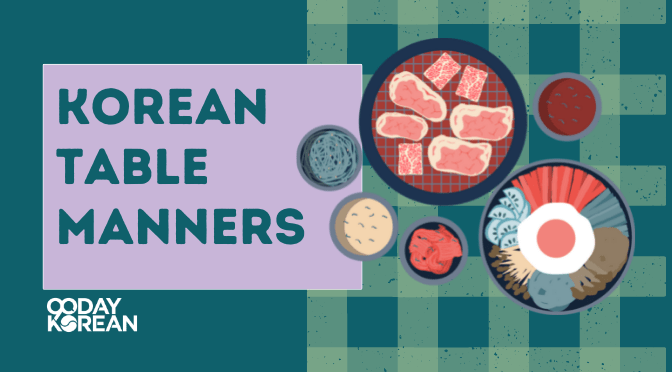

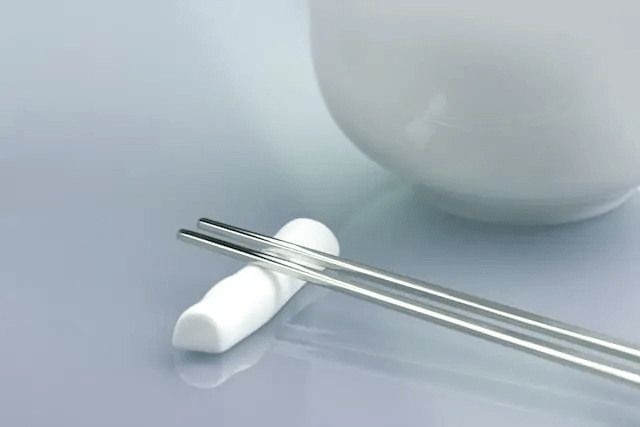
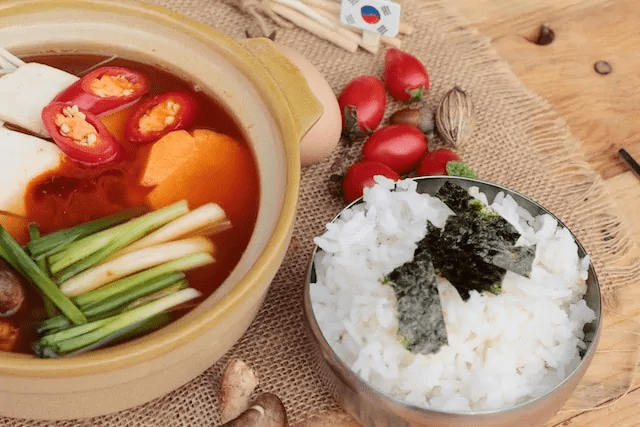
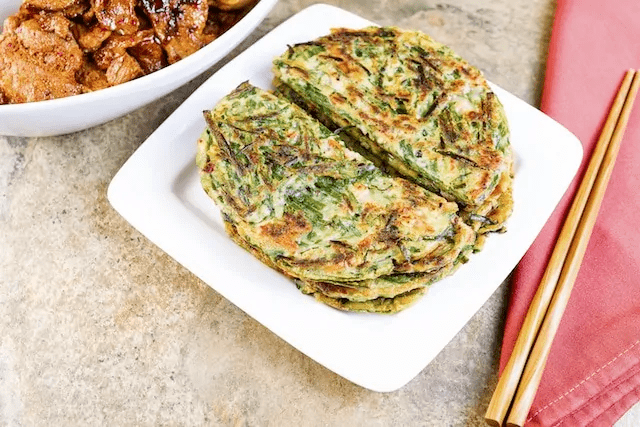
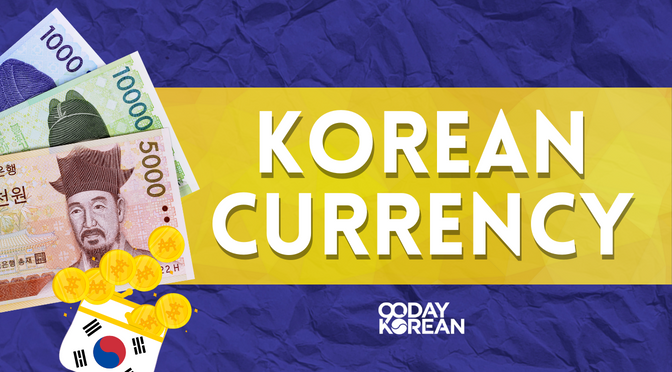
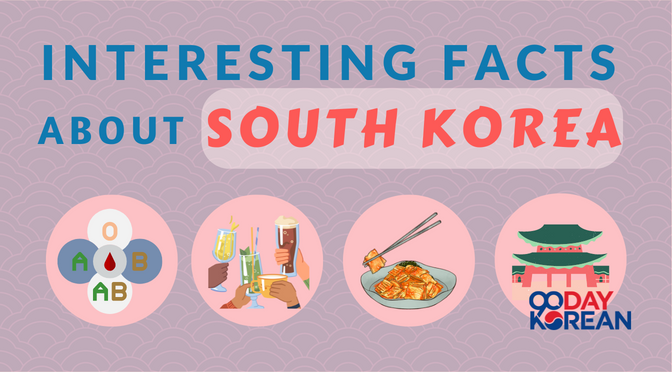
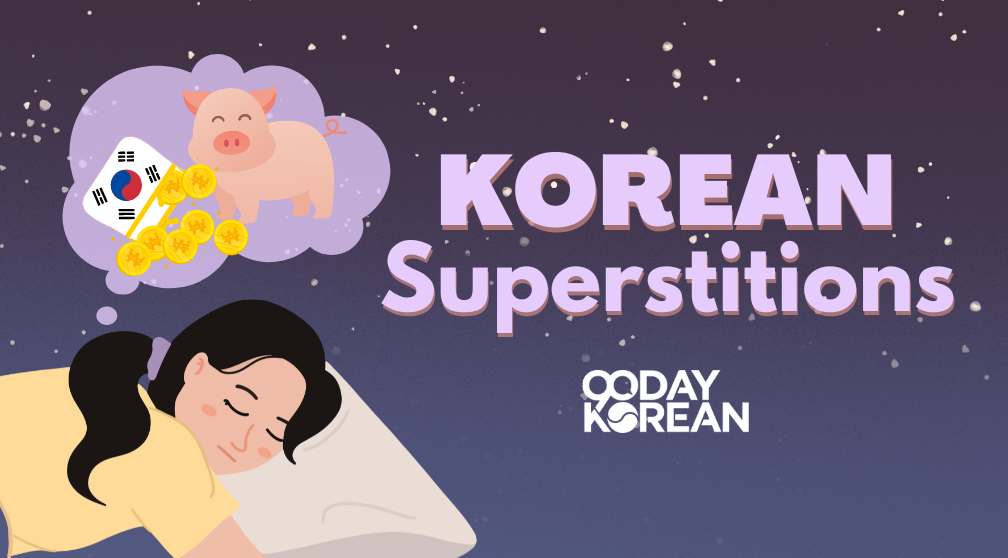

How about like drinking position when you are with the elders. I saw many people using both hands but I don’t know specifically and the exact way to do it.
Hi Helen! You can watch this video: https://youtu.be/oMJ6Gk2h1Gk ^^
I do appreciate you sharing this information. 😀
Glad to hear that! Hope it was helpful. ^^
I always wondered why Koreans hold their spoon so far away from them. Is there a reason why?
Interesting question! It’s probably the rice and soup is too hot to hold the spoon too close. ^^
You pointed out a LOT of manners which I totally respect and admire. But there’s one manner that Koreans lack – they chew loudly. I mean I love Korean culture and it’s just that one bit that is very annoying to me. Right now, my lady colleague is chewing loudly in front of me (snacking) and I couldn’t stand it I have to leave my desk. In fact, I could hear her munching across the entire office floor.
Hi Wendy! Hope you could find a way to escape from your colleague :'(
Smacking means the food is good. In American culture it’s rude, but to Koreans smacking and moaning is normal to compliment food being delicious.
In Korea, we use both hands when we pour the alcohol to older people. But, with friends, we use just one hand while pouring the alcohol.
That’s right! ^^